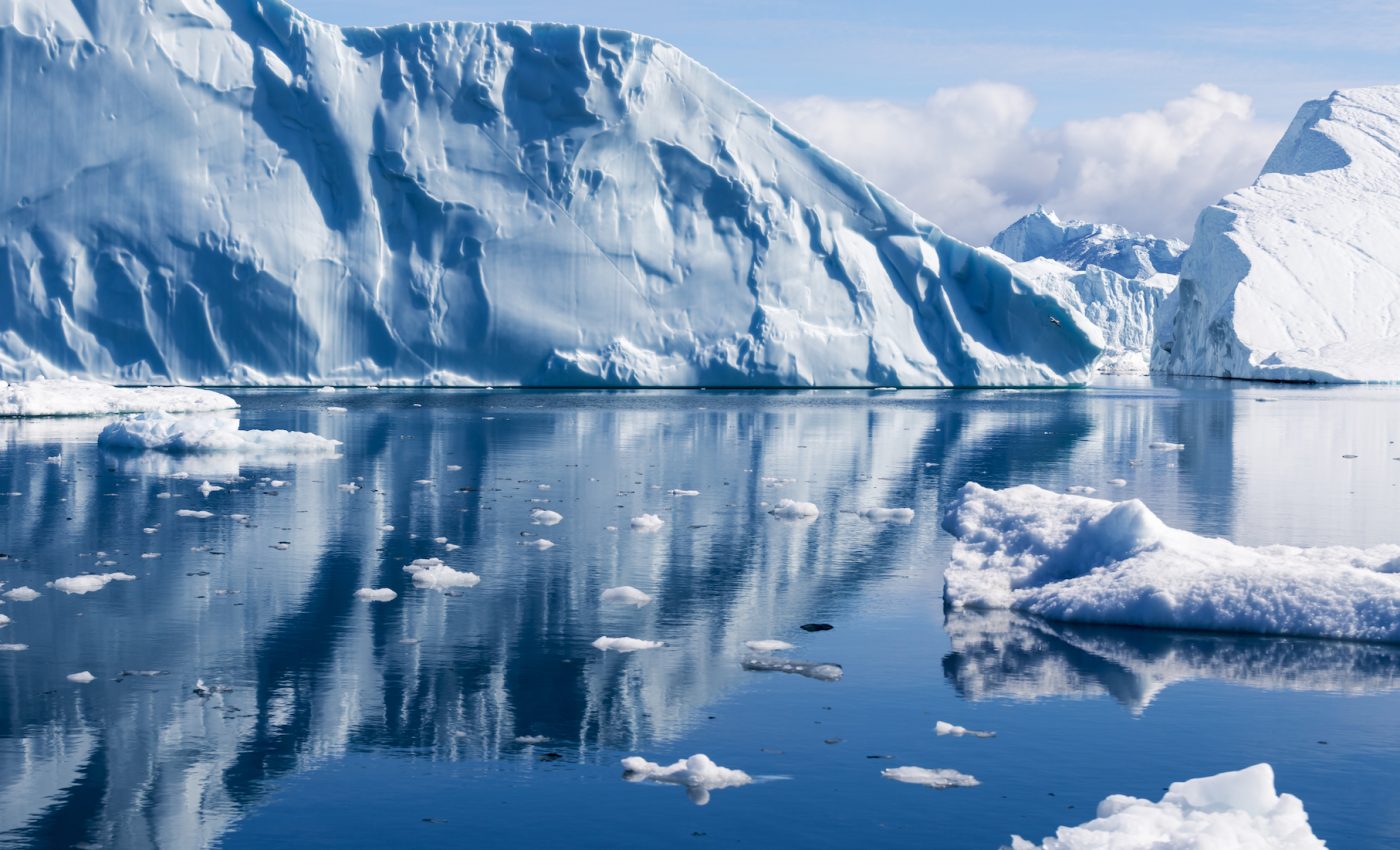
Ice melt in the Arctic is the biggest contributor to rising sea levels
A new study has revealed that Arctic glaciers are the biggest contributor to rising sea levels, losing enough ice to cause the ocean to swell by more than a millimeter every year. Antarctica contains far more ice, yet does not experience even close to the rate of ice melt that has been discovered in the Arctic region.
Warning temperatures across the Arctic are causing glaciers in Alaska, Canada, Russia, and Greenland to retreat. The findings of the research suggest that simultaneous losses at both the Arctic and Antarctic extremes could fill the oceans with even more water than expected in the coming decades.
According to NASA, the average sea level is rising by three millimeters every year. Beyond glacial melt, ocean waters expand as they warm, driving sea level rise even higher.
Study first author Jason Box is a scientist at the Geological Survey of Denmark and Greenland. He explained that the rate of ice loss in the Arctic has tripled since 1986, which “clearly shows an acceleration of the sea-level contribution.”
“Antarctica will probably take over at some point in the future, but during the past 47 years of this study, it’s not controversial that the Arctic is the largest contribution of land ice to sea-level rise.”
For the investigation, an international team of scientists from the United States, Chile, Canada, Norway, and the Netherlands combined gravity-based data of Arctic mass loss from NASA’s Gravity Recovery and Climate Experiment (GRACE) satellites with older measurements of the ice dating back to 1971 that were taken directly from the field.
The study revealed that the total Arctic loss is currently at a rate of 447 billion tons of ice per year. This means that about 14,000 tons of water poured into the ocean every second from 2005 to 2015, compared to 5,000 tons per second between 1986 and 2005.
In a separate study, researchers determined that the rate of ice loss in Antarctica also tripled, and did so in just a single decade. From 2012 to 2017, 219 billion tons of ice melted each year across the Antarctic region.
The study is published in the journal Environmental Research Letters.
—
By Chrissy Sexton, Earth.com Staff Writer
Paid for by Earth.com












